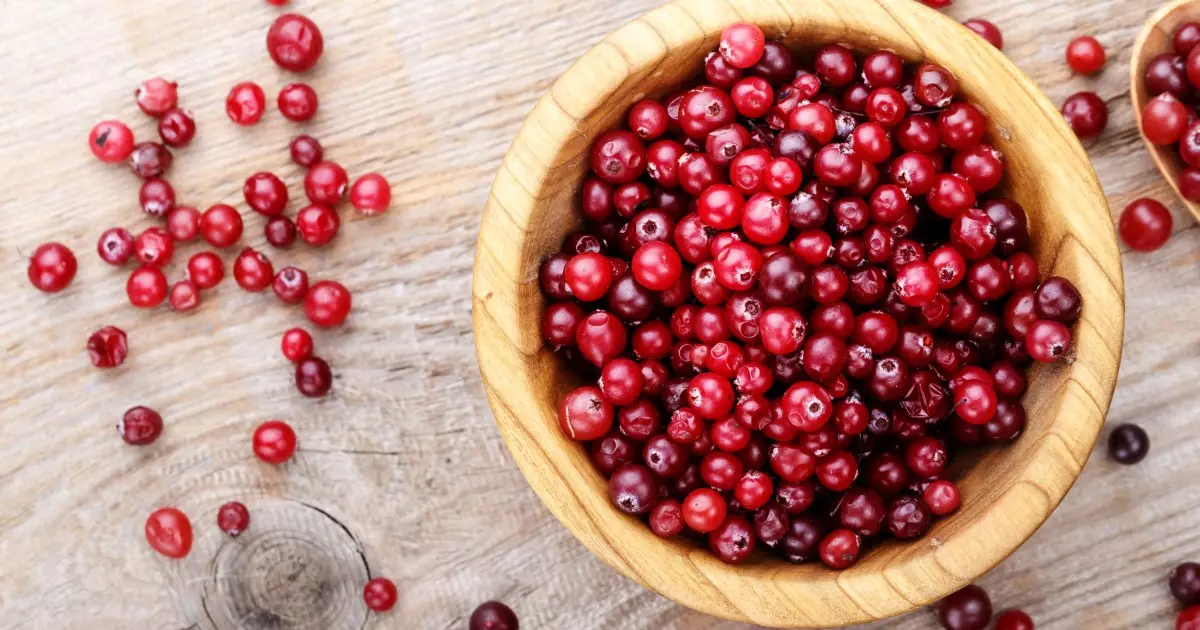As diligent pet owners, it’s essential to evaluate what our furry friends can safely consume. Among the many foods that pique our curiosity are cranberries—a festive fruit often associated with holiday feasts. Understanding the implications of feeding cranberries to our canine companions is crucial. While the evidence suggests that cranberries are non-toxic and can be safe for dogs, how they are prepared and served plays a vital role in ensuring their safety and health.
Cranberries, tiny yet powerful superfoods, are packed with an impressive array of nutrients. These berries are an excellent source of vitamin C, potassium, and fiber. For dogs, fiber is particularly beneficial; it not only aids in digestion but can also help stave off hunger, keeping your pet feeling satisfied during those tempting holiday gatherings. Additionally, cranberries are rich in vitamins E and K, as well as B vitamins such as B1 and B2.
Another compelling reason to consider incorporating cranberries into your dog’s diet is their low caloric content. This means that dogs can enjoy these berries guilt-free, particularly for those on calorie-restricted diets. Notably, cranberries contain quercetin, a key antioxidant known for its anti-inflammatory properties. These factors can be of particular value for dogs suffering from kidney issues or those prone to urinary tract infections.
Despite the many advantages, it is equally important to be aware of the possible risks associated with cranberries. Though the berries are safe in moderation, excessive consumption can lead to unwanted health issues. It’s crucial to recognize that cranberries should never replace veterinary treatment or serve as the primary approach to address urinary tract infections.
Dr. Marie Haynes, a qualified veterinarian, underscores this point, stating that while cranberries can help inhibit the attachment of E. coli bacteria to the bladder lining, they do not treat all types of urinary infections. Furthermore, overindulgence in cranberries can contribute to the formation of calcium oxalate stones in the bladder—a painful condition that can arise from consuming large quantities on a daily basis.
So, how can you introduce cranberries into your dog’s diet safely? The key lies in moderation and preparation. Raw or cooked cranberries are the safest options, provided they do not contain any added sugars or harmful ingredients, which are often found in processed cranberry products. Avoid sharing any leftover holiday treats that might contain cranberries, such as sauce or desserts, as they can harbor hidden ingredients that can negatively impact your dog’s health.
Particularly concerning are jellied cranberry sauces and flavored cranberries, often marketed as “craisins,” which are loaded with sugar—something that our canine companions struggle to metabolize effectively. Offering these types of treats can lead to a myriad of health issues, including obesity and pancreatitis, making them unsuitable for your dog.
Considering the holidays are often filled with goings-on in the kitchen, why not embrace the festive spirit by creating safe cranberry treats for your dog? One way to do this is by incorporating cranberries into your dog’s regular food. A few whole cranberries can be sprinkled on top of their meal to enhance flavor and nutrition.
Alternatively, consider making homemade cranberry shortbread treats. There are also commercial dog treats available that incorporate cranberries safely, allowing you to pamper your pooch without the risks associated with fresh or raw varieties. Either way, offering cranberries as a fun and nutritious treat while keeping health in mind can be a delightful way to include your pet in festive celebrations.
Ultimately, the best approach when introducing any new food to your dog’s diet is to consult with your veterinarian. This is especially pertinent if your dog has pre-existing conditions or dietary restrictions. A responsible pet parent will always prioritize their dog’s health over fleeting desires to share festive foods.
Cranberries are not only safe for dogs when served correctly but can also provide them with functional nutritional benefits. Enjoy these delicious fruits in moderation, keeping health and safety as your highest priority, and both you and your furry friend can celebrate the season in harmony.

